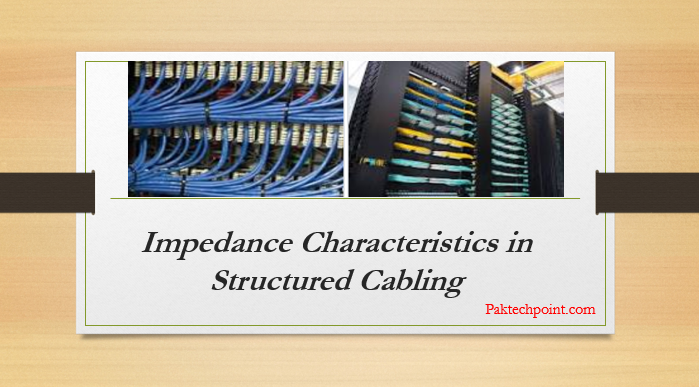
Impedance Characteristics in Structured Cabling
The characteristic impedance is total opposition a circuit or a cable offers to the applied signal. The characteristic Impedance of a cable defines the relationship between voltage and current at any point along the cable.
In general, a high or low impedance, in and of itself, is neither good nor bad. The important aspect of impedance with regards to data cables is matching it to the components it connects to. If the characteristics impedance of the cable pair is not matched to the characteristic impedance of the equipment to which it is connected, signal reflections will take place.
The presence of moisture and water in cables will decrease the impedance of the cable in those sections, thereby causing impedance mismatch
between sections of the cable or between the cable and the equipment to which it is connected thereby increasing signal reflections.
– Cables with water are more vulnerable to errors due to crosstalk and impulse noise.
– If sufficient length of cable is water filled, the system will fail because of increased attenuation
– Impedance of Damp cables is smaller than that of Dry cable
– Reflections due to water in cable can cause errors in systems It is therefore recommended that in the case of flood damage to premise cabling, all cables should be replaced. Category 5 and 6 cables are commonly used for high performance, critical networks, and failure to replace water damaged product could cause unexpected and costly network downtime and loss of data.